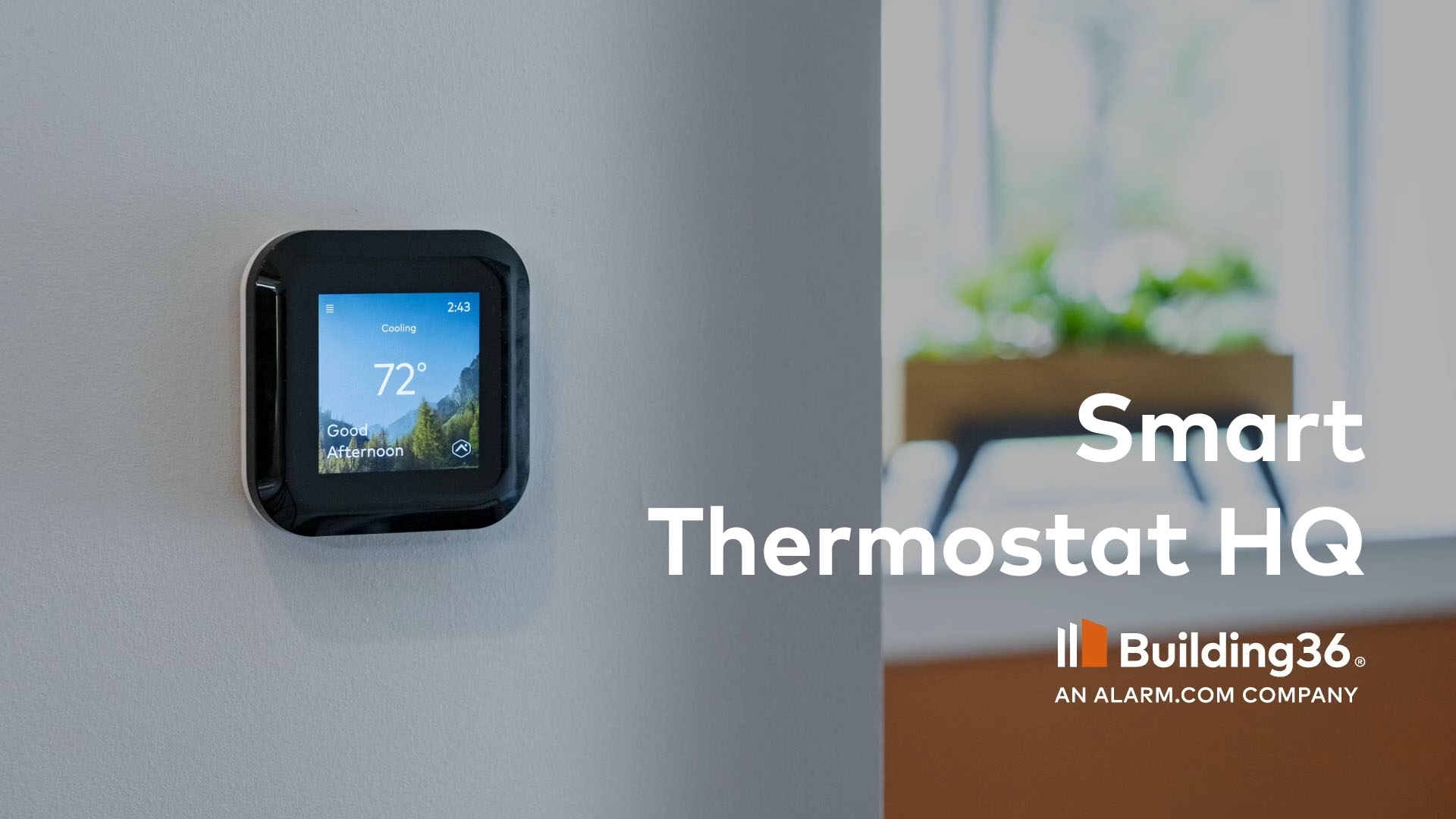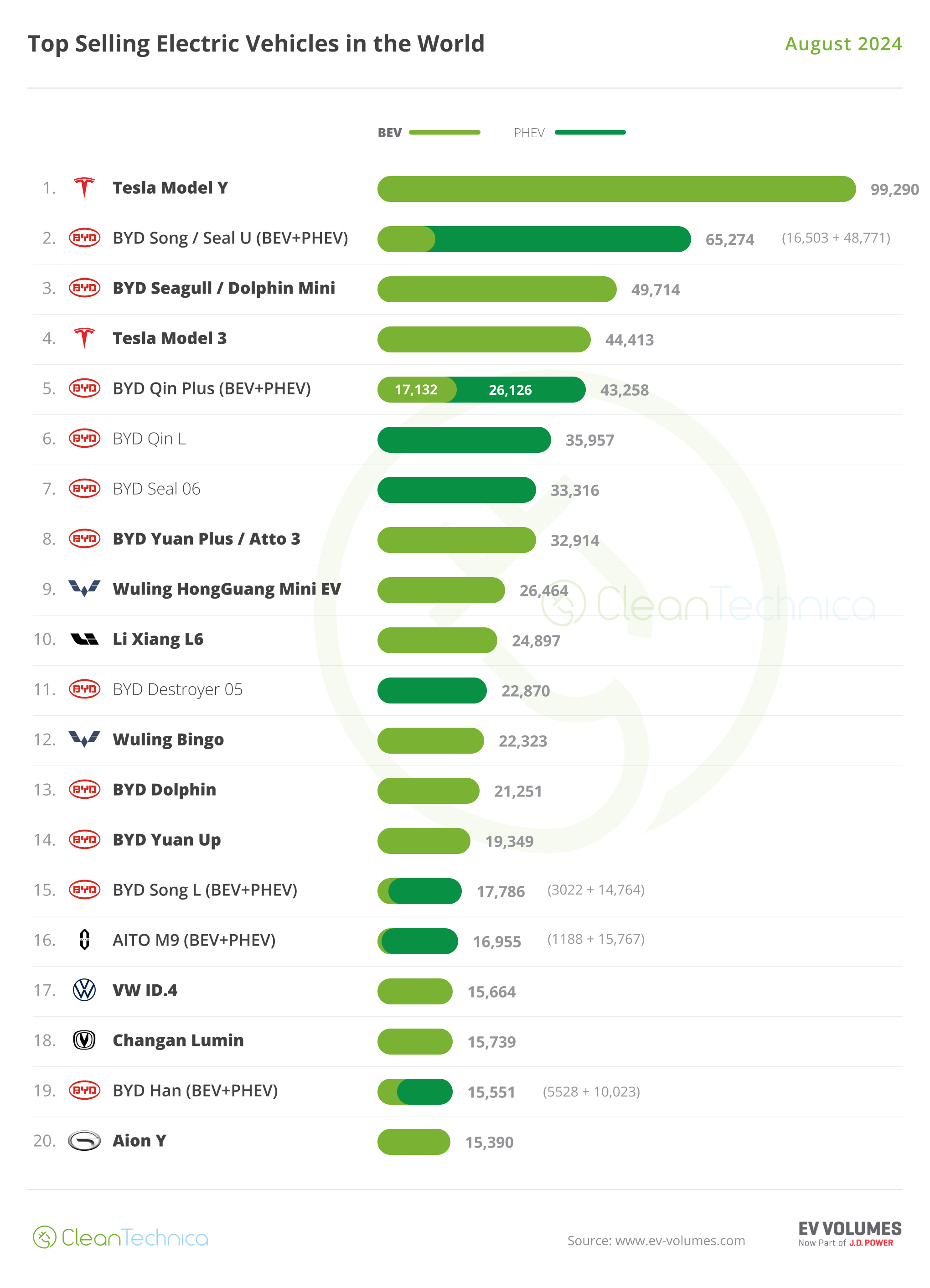Support CleanTechnica’s work through a Substack subscription or on Stripe.
The long road to the zero emission aircraft of the future has been a long one, but the nut has finally begun to crack around the edges. In the latest development, the EU Innovation Fund has greenlighted a €21.4 million grant to the US-UK firm ZeroAvia. The funds will support a pilot project under which ZeroAvia will retrofit 15 Cessna Caravan aircraft with its ZA600 hydrogen fuel cell electric engines.
The Fuel Cell Chicken & Egg Problem
If you’re wondering where the hydrogen fuel will come from, that’s a good question. It’s similar to the questions raised when battery-electric cars first came on the scene, before EV charging stations became as commonplace as gas stations, or even more so considering the popularity of home EV charging.
Advocates for hydrogen fuel cell technology are facing a similar chicken-and-egg obstacle, and the EU grant also covers that. Under the title ODIN (short for Operations to Decarbonize Interconnectivity in Norway), the project involves outfitting 15 Norwegian airports with hydrogen refueling and storage facilities.
The ODIN project also faces another hurdle that bears some similarity to the EV situation of years gone by, when recharging a battery often meant tapping into a grid saturated with coal and natural gas. Fuel cell aircraft produce no emissions except water vapor, but the global hydrogen supply chain leans almost entirely on natural gas, with coal also involved to a lesser extent.
More Green Hydrogen For Fuel Cell Aircraft
The hydrogen supply chain is beginning to decarbonize, with the European Commission among the government bodies supporting a new, green supply chain based on renewable resources. On its part, ZeroAvia has also focused attention on securing a supply of green hydrogen for its fuel cell aircraft while cutting the cost of green hydrogen as well (see more ZeroAvia background here).
Green hydrogen or not, the impact on direct aircraft emissions from the retrofitted Caravans will be significant. “These zero-emission aircraft are planned to replace conventional kerosene-fueled turboprops on cargo routes and expected to see in excess of 95% reduction in greenhouse gas emissions,” ZeroAvia states.
The Cessna Caravan is rather small in size, reflecting the current state of fuel cell electric flight. However, the ODIN project is significant as the first introduction of hydrogen fuel cell aircraft into the European Economic Area. ZeroAvia is already billing the 15 airports in Norway as the “world’s largest network of zero-emission commercial flights.” ODIN is also expected to spur scaleup activity among other regional transportation networks elsewhere.
“The ODIN project aims to validate the technical performance and economic case for utilizing hydrogen-electric aircraft in commercial operations, with a view to catalyzing further adoption in Norway, across the EU and further afield,” ZeroAvia elaborates.
Next Steps For Zero Emission Flight
The ODIN grant is still in the preparatory stage for finalizing the agreement. If all goes according to plan, the network will be up and running in 2028.
Meanwhile, ZeroAvia has been working to scale up fuel cell flight for passengers. Currently in the works for certification is an engine designed for aircraft of up to 20 seats, and a larger version aimed at the 40-80 seat market.
That’s an impressive jump up from the 6-seat aircraft ZeroAvia launched in 2020. However, even 80 seats is nowhere near the scale of today’s airliners. Long distance travel also remains a distant goal. In the meantime, the company has retooled its business model to sync up with the emerging market for unconventional aircraft.
“Separately, hydrogen is picking up new impetus in other segments of aviation thanks to a unique set of drivers: new approaches to regulation, a thirst for greater endurance of novel electrical aircraft, such as electric Vertical Take-off and Landing (eVTOL) and Unmanned Aerial Vehicles (UAV), and corresponding space and weight efficiency advances in low-to-mid power modular hydrogen fuel cell systems,” ZeroAvia explains.
In particular, ZeroAvia takes note of the new MOSAIC (Modernization of Special Airworthiness Certification) rule introduced by the Federal Aviation Administration in August.
The new rule provides for additional design flexibility by removing the weight limit and allowing up to four seats in the general aviation category. “Qualifying aircraft are no longer limited to single piston engines, opening up the opportunity to certify these with new electric and hydrogen-electric powertrains,” ZeroAvia emphasizes.
Fuel Cells Vs. Batteries
As a singular advocate for fuel cell flight, ZeroAvia pulls no punches against the competition from battery-electric stakeholders, particularly in the rush to take advantage of new opportunities under the MOSAIC rule.
“Replacing battery power systems with hydrogen fuel cells can significantly extend range, reduce maintenance costs caused by battery cycling, and improve operations thanks to quicker turnaround time,” ZeroAvia asserts.
If you have any thoughts about that, drop a note in the comment thread. The big question is whether or not fuel cell propulsion can compete on cost. In that regard, ZeroAvia is banking on its new “SuperStack Flex” modular fuel cell system to give it an edge in the light-sport and eVTOL (electric Vertical Takeoff and Landing) markets.
“SuperStack Flex offers scalable power output, is compact and lightweight to meet aviation’s strict weight and space constraints, and allows flexible integration, making it compatible with both conventional and unconventional aircraft structures,” ZeroAvia asserts.
Fuel Cells Vs. Batteries Vs. SAF
Looming over both fuel cell and battery-electric flight is the SAF (Sustainable Aviation Fuel) industry, which aims to provide drop-in liquid replacements for kerosene jet fuel based on renewable resources, recovered wastes, or both.
Progress in that area has been slow and partly hampered by land use issues involving energy crops. By 2021, though, the US Air Force was among the advanced aviation stakeholders supporting a whole new supply chain, consisting of drop-in liquid fuels synthesized from green hydrogen and captured carbon. By 2022 Texas (of course) was already emerging as a hotspot for electrofuels innovation.
In one variation on the topic, earlier this year the Swiss firm Metafuels described a flexible e-fuels system powered by electricity sourced from renewable resources. “Green H2 can be generated from water electrolysis driven by renewable electricity while CO2 can be removed from the atmosphere using direct air capture technology (DAC) or captured from other biogenic sources,” Metafuels explained, noting that its system is designed to switch gears depending on feedstock availability.
Competition from existing rail and road transportation networks could also complicate matters for electric aircraft stakeholders. Yesterday, for example, the EU Commission expanded its commitment to high-speed rail. Hold on to your hats…
Photo: Hydrogen fuel cells will replace kerosene in 15 Cessna Caravan general purpose aircraft, to establish a zero emission transportation network in Norway (cropped, courtesy of ZeroAvia).
Sign up for CleanTechnica’s Weekly Substack for Zach and Scott’s in-depth analyses and high level summaries, sign up for our daily newsletter, and follow us on Google News!
Have a tip for CleanTechnica? Want to advertise? Want to suggest a guest for our CleanTech Talk podcast? Contact us here.
Sign up for our daily newsletter for 15 new cleantech stories a day. Or sign up for our weekly one on top stories of the week if daily is too frequent.
CleanTechnica uses affiliate links. See our policy here.
CleanTechnica’s Comment Policy




